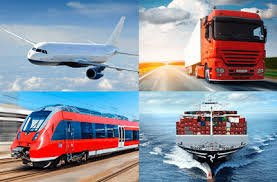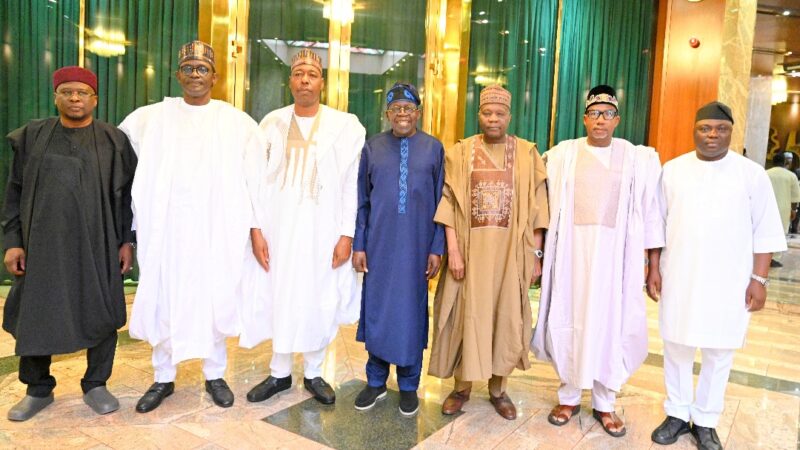Transportation as a Driver of the Circular Economy: The Psychology Behind the Numbers

………. Transportation More Than Just Movement
By Obinna Michael Uba
28th May 2025
Transportation is more than the sum of roads, rails, and runways. It is a dynamic force that powers economies, connects cultures, and shapes societies. In a world defined by constant motion, the way people and goods move is at the heart of commerce, innovation, and sustainability. Yet beyond the mechanics of mobility lies a critical and often overlooked dimension: transport psychology. This field explores the deeply human factors—our habits, decisions, and emotions—that influence how we use transport systems and how those systems, in turn, can be designed to serve us better.
From road rage and commute stress to our willingness to trust autonomous vehicles or embrace electric transport, psychology plays a powerful role. As we strive to build a sustainable, circular economy—one that reduces waste, promotes reuse, and reimagines value—understanding human behavior on the move becomes not only relevant but essential.
A Brief History: From Hooves to Hyperloops
The journey of transportation is a story of humanity’s progress. Early societies moved by foot, animal-drawn carts, and rafts. These simple modes evolved into complex networks during the Industrial Revolution, as steam locomotives, maritime shipping, and later, automobiles transformed global trade and settlement patterns.
In the 20th century, cars, highways, and air travel redefined personal mobility. Today, transportation is digitally immersive. Commutes now include streaming services, smart dashboards, real-time GPS, and AI-driven automation. Electric vehicles, high-speed trains, and integrated urban mobility systems are setting the pace—not just for movement, but for sustainable transformation.
Key Statistics: Understanding the Impact
Numbers tell a compelling story of transport’s environmental, social, and economic weight:
25% of global CO₂ emissions stem from the transport sector—highlighting its critical role in climate action.
The average person spends over 1.5 hours daily commuting, amounting to five years over a lifetime.
Electrifying rail infrastructure could save between $2.16 and $4.77 trillion globally over its lifecycle.
Tokyo’s rail system moves 8+ million passengers daily; Dubai’s metro is revolutionizing mass transit in the Arab world.
With an estimated 237.5 million people by 2025, Nigeria’s economic productivity hinges on efficient transport—particularly in Lagos, a city of over 17 million, where congestion costs billions annually.
Nordic cities like Stockholm and Oslo demonstrate that smart, integrated transport can cut per capita emissions by 30%, proving the environmental dividends of sustainable mobility.
Transportation’s Global Accomplishments
- Expanding Global Trade and Connectivity
Efficient transport systems connect continents and consumers. From cargo ships that deliver smartphones to airlines that connect ideas and investments, transportation is the backbone of global commerce and cross-cultural interaction.
- Powering Urbanization and Workforce Mobility
By linking homes to hubs, transport enables urban sprawl and facilitates economic flow. In cities, reliable transit boosts productivity by cutting commute times and energizing labor markets.
- Leading Environmental Innovation
Green technologies—from electric buses to hydrogen trains—are reshaping transit. Cleaner air, quieter cities, and fewer emissions underscore the health and environmental benefits of modern transport innovation.
- Embracing Smart, Data-Driven Mobility
Transport is getting smarter. With AI-powered traffic systems, real-time route planning, and predictive maintenance, mobility is becoming more efficient, safer, and user-focused.
- Strengthening Social Fabric and Cultural Exchange
Transport systems bridge communities. They create access to education, employment, and cultural experiences—fostering understanding, opportunity, and a sense of shared humanity.
Transport as a Pillar of the Circular Economy
At the heart of a circular economy is resource optimization—using less to achieve more. Transport systems make this possible by enabling:
Reverse logistics for recycling and product return;
Shared mobility solutions that reduce material needs;
Infrastructure reuse and modularity;
Smarter supply chains that cut energy use and emissions.
In cities from Lagos to Oslo, integrated and intelligent mobility is reducing environmental footprints and driving economic efficiency.
The Evolution of Transport Psychology
Transport psychology began with a focus on driver behavior and road safety—why people speed, what triggers accidents, and how to reduce risk. But the field has matured dramatically.
Today, it spans autonomous vehicle trust, shared mobility habits, and urban design’s psychological impact. It explores how we respond to traffic signs, how we process congestion stress, and how environmental nudges—like green walkways or bike-friendly cities—can change how we move.
Transport Psychology: Fueling the Circular Economy
Here’s how the human mind is helping create a smarter, greener transport future:
- Encouraging Sustainable Behavior
Behavioral nudges—such as gamified rewards, pricing incentives, and habit-forming design—encourage eco-conscious travel. Whether it’s biking instead of driving or carpooling via app, small changes scale into big impact.
- Shifting Perceptions of Ownership
Psychological strategies help shift mindsets from “owning a car” to “accessing mobility.” This opens doors for ride-sharing, micro-mobility, and public transit—key to circular resource use.
- Designing for Usability and Accessibility
Human-centric design makes transport inclusive and efficient. Good signage, accessible apps, and ergonomic vehicles make shared systems more appealing and widely adopted.
- Building Trust in Innovation
Public skepticism of autonomous vehicles and AI-driven mobility is real. Transport psychology helps craft the messages, education, and experiences that turn fear into trust.
- Making Policy Personal
Policies grounded in behavioral science speak to citizens. They recognize human irrationality, create empathy in design, and result in more effective and embraced mobility systems.
Finally: The Road Ahead
The future of sustainable transportation isn’t just paved with electric vehicles and digital platforms—it is shaped by human decisions, emotions, and psychology. Understanding how people interact with systems, respond to change, and adopt new habits is the missing key to unlocking a circular economy where transport not only moves us—but transforms us.
With the right insights and innovations, transportation can go beyond reducing emissions—it can inspire cultural shifts, fuel inclusive economies, and build cities where progress is measured not just in speed, but in sustainability and shared human value.
So the next time you’re stuck in traffic, remember: the future of the planet may well be shaped by what’s going on in the driver’s mind—and the psychology behind the numbers.
Obinna Michael UBA is a transportation and sustainability enthusiast with a deep interest in behavioral economics, urban development, and human-centered design in mobility systems.





